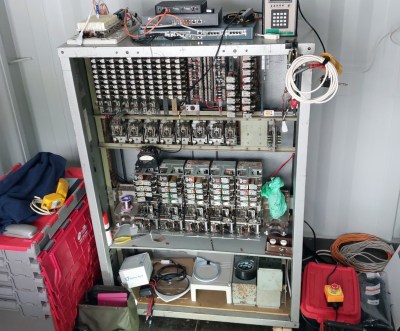You want to pass TCP traffic from one computer to another, but there’s a doggone firewall in the way. Can they both see a shared file? Turns out, that’s all you need. Well, that and some software from [fiddyschmitt].
If you think about it, it makes sense. Unix treats most things as a file, so it is pretty easy to listen on a local TCP port and dump the data into a shared file. The other side reads the file and dumps the same data to the desired TCP port on its side. Another file handles data in the other direction. Of course, the details are a bit more than that, but that’s the basic idea.
Performance isn’t going to be wonderful, and the files keep growing until the program detects that they are bigger than 10 megabytes. When that happens, the program purges the file.
The code is written in C# and there are binaries for Windows and Linux on the release page. The examples show using shared files via Windows share and RDP, but we imagine any sort of filesystem that both computers can see would work. Having your traffic stuffed into a shared file is probably not great for security but, you know, you are already jumping a firewall, so…
Of course, no firewall can beat an air gap. Unless you can control the fans or an LED.








 It stood at the back of the container, with a row of four telephones in front of it. We particularly liked the angular “Trimphone”, the height of 1960s and 70s chic. You could dial the other phones in the network with a two digit number, and watch the exchange clicking in the background as you did so. Some of the sounds weren’t quite the same as the full-sized equivalents, with the various tones being replaced by vibrating reeds.
It stood at the back of the container, with a row of four telephones in front of it. We particularly liked the angular “Trimphone”, the height of 1960s and 70s chic. You could dial the other phones in the network with a two digit number, and watch the exchange clicking in the background as you did so. Some of the sounds weren’t quite the same as the full-sized equivalents, with the various tones being replaced by vibrating reeds.










